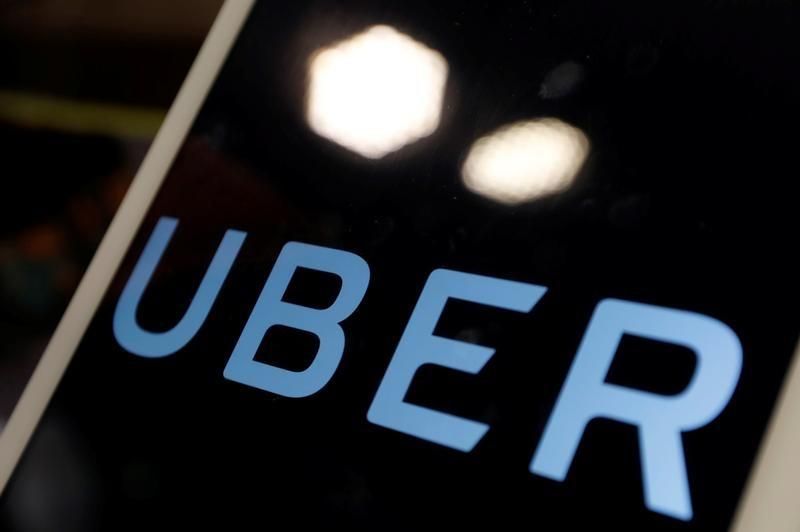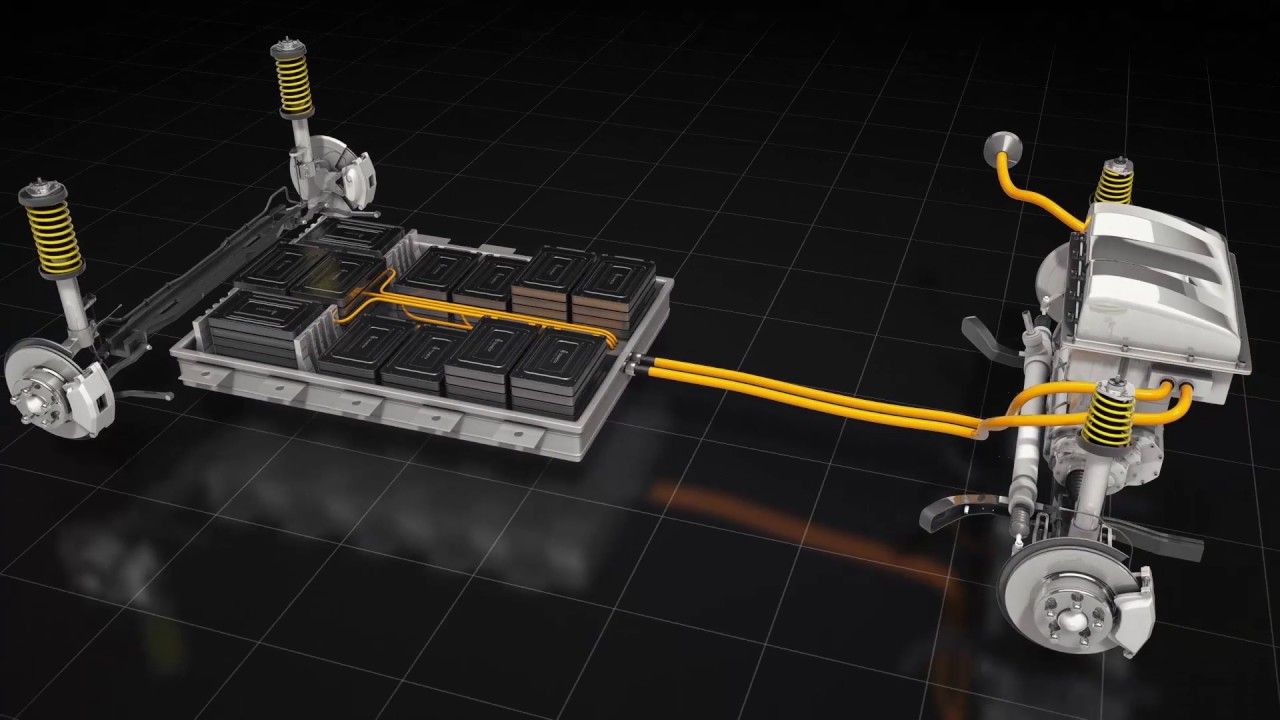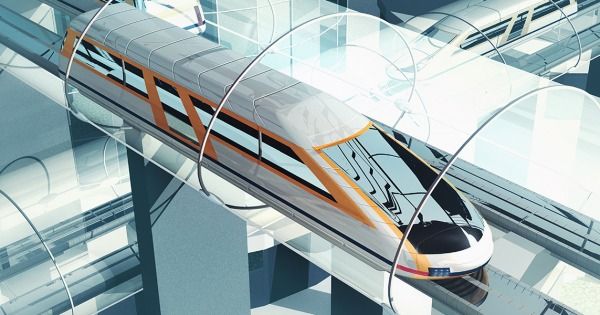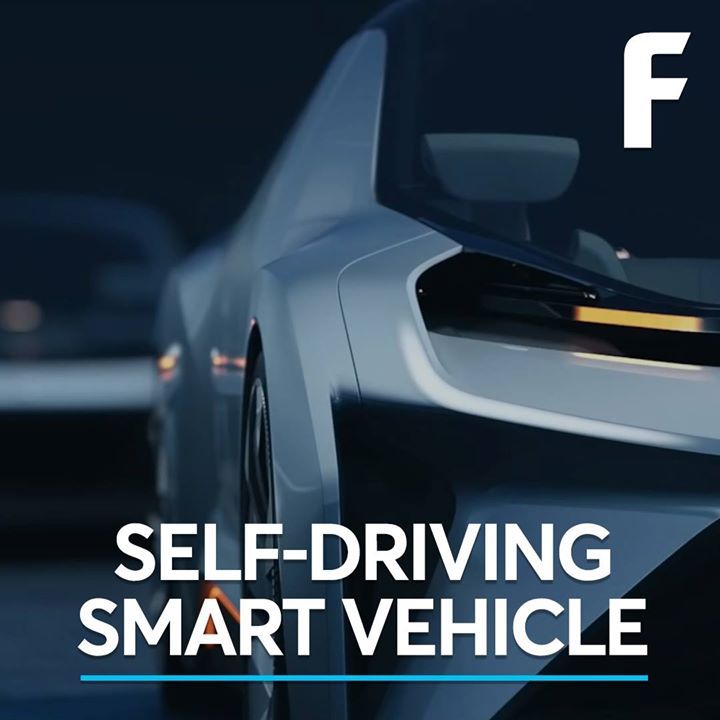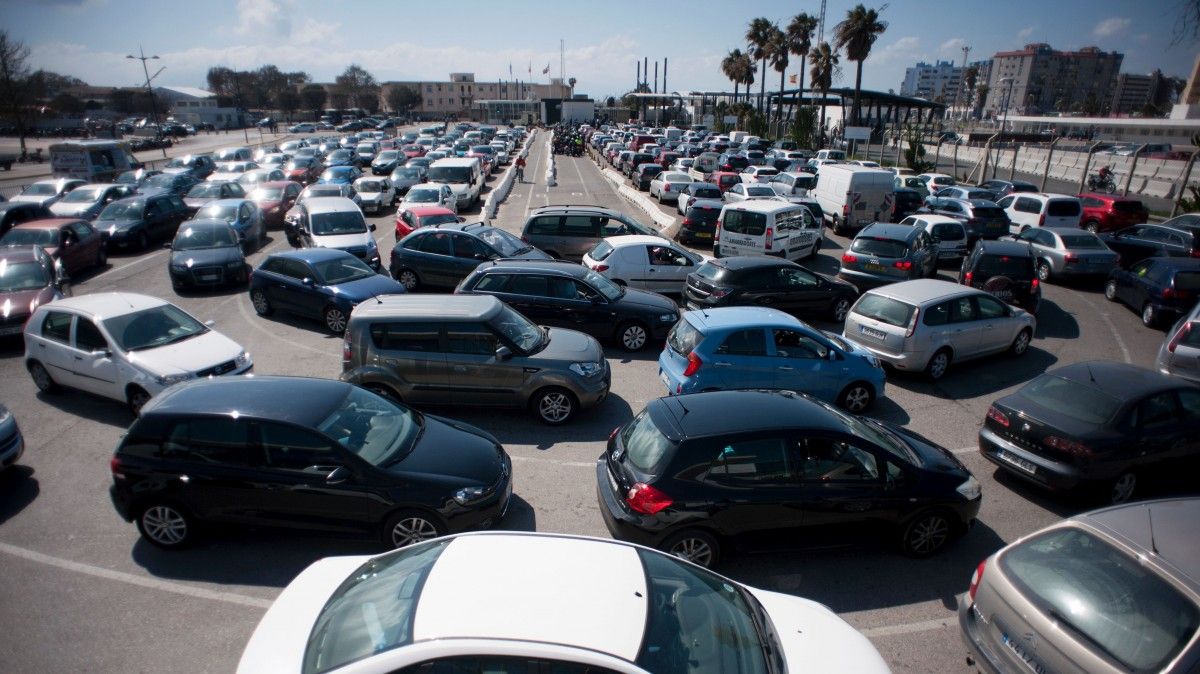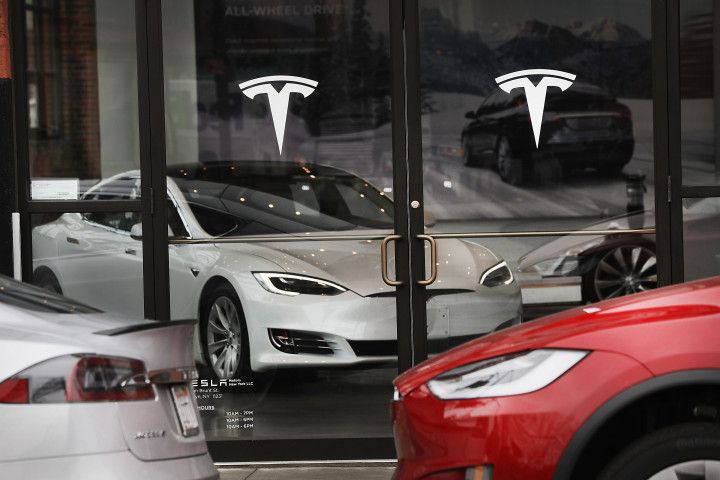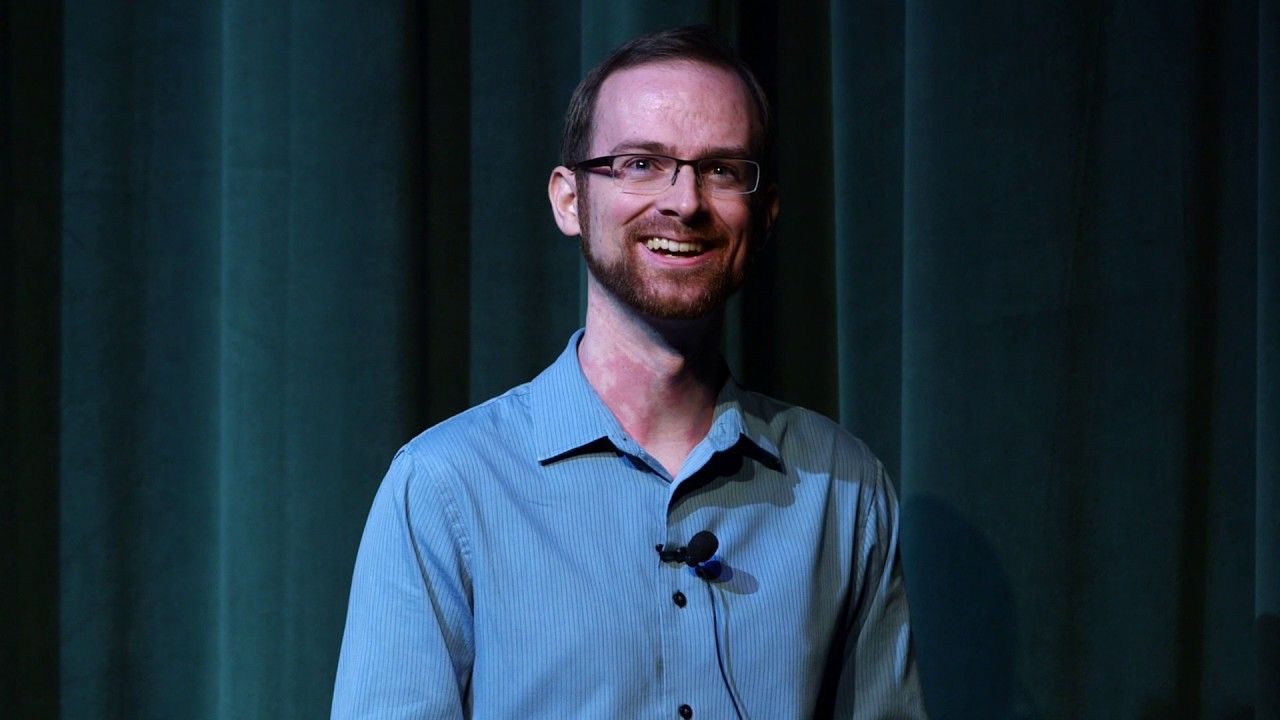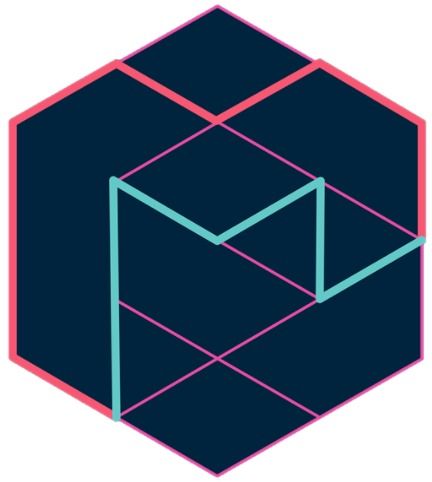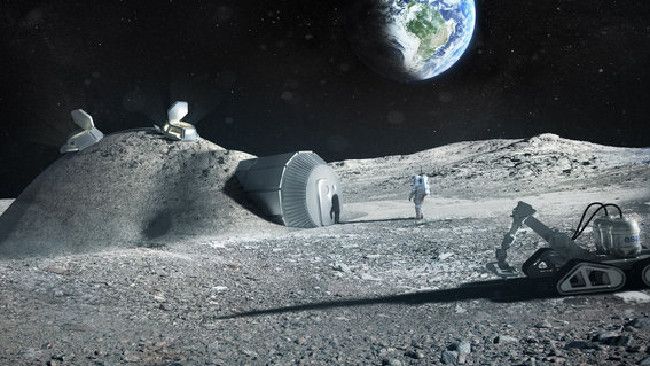Hopefully this doesnt negatively effect the self driving truck.
One of Uber’s top engineers will no longer be able to work on a key self-driving car technology, a federal judge ordered, adding a new hurdle in the ride-hailing company’s race to get to market.
Uber will be able to continue working on its self-driving car technology, the judge said, but embattled engineer Anthony Levandowski must be removed from any work relating to a key technology called LIDAR, which helps cars “see.”
Alphabet’s self-driving car unit, Waymo, has sued Uber, claiming that the ride-hailing start-up is using key parts of Waymo’s self-driving technology.

